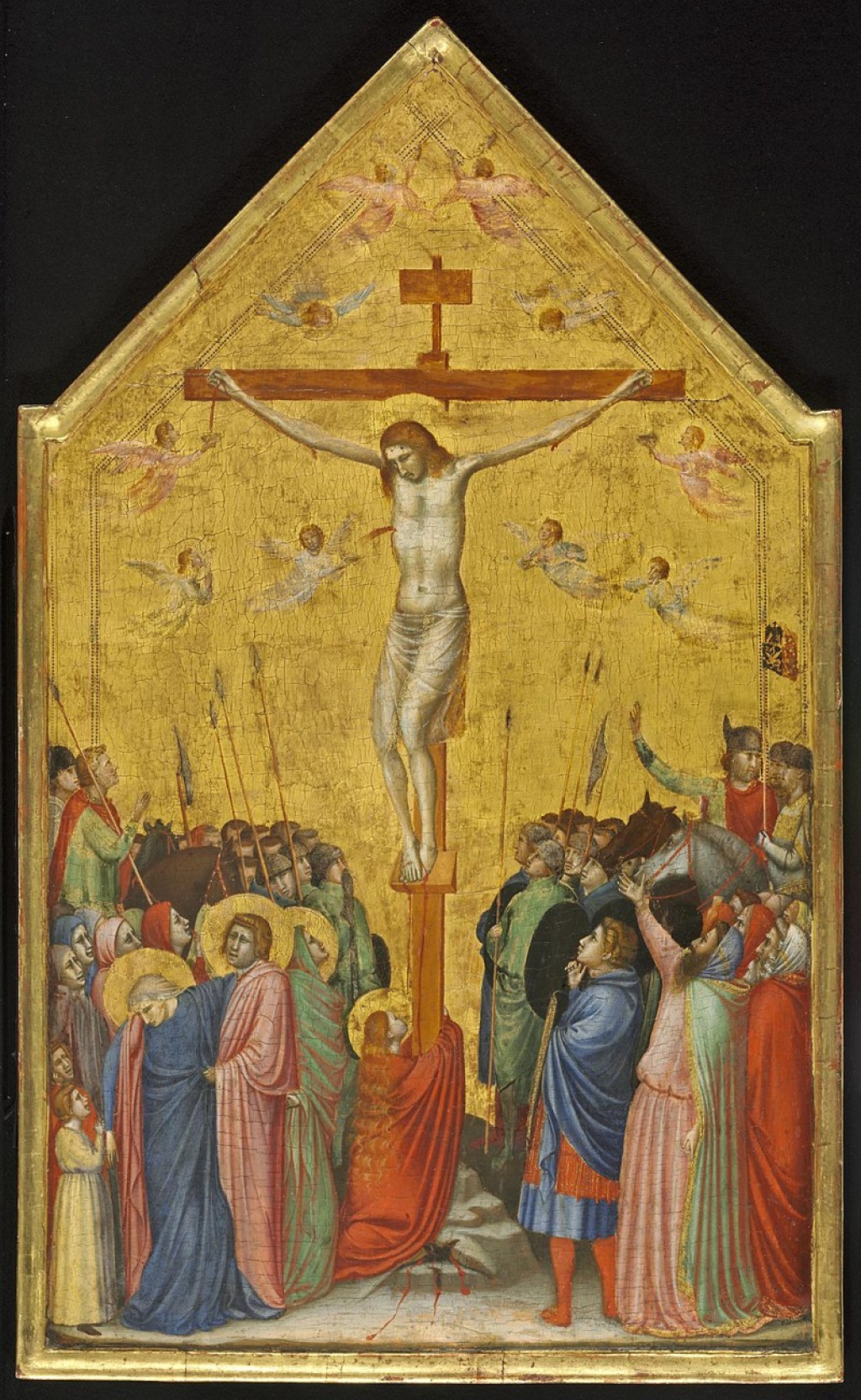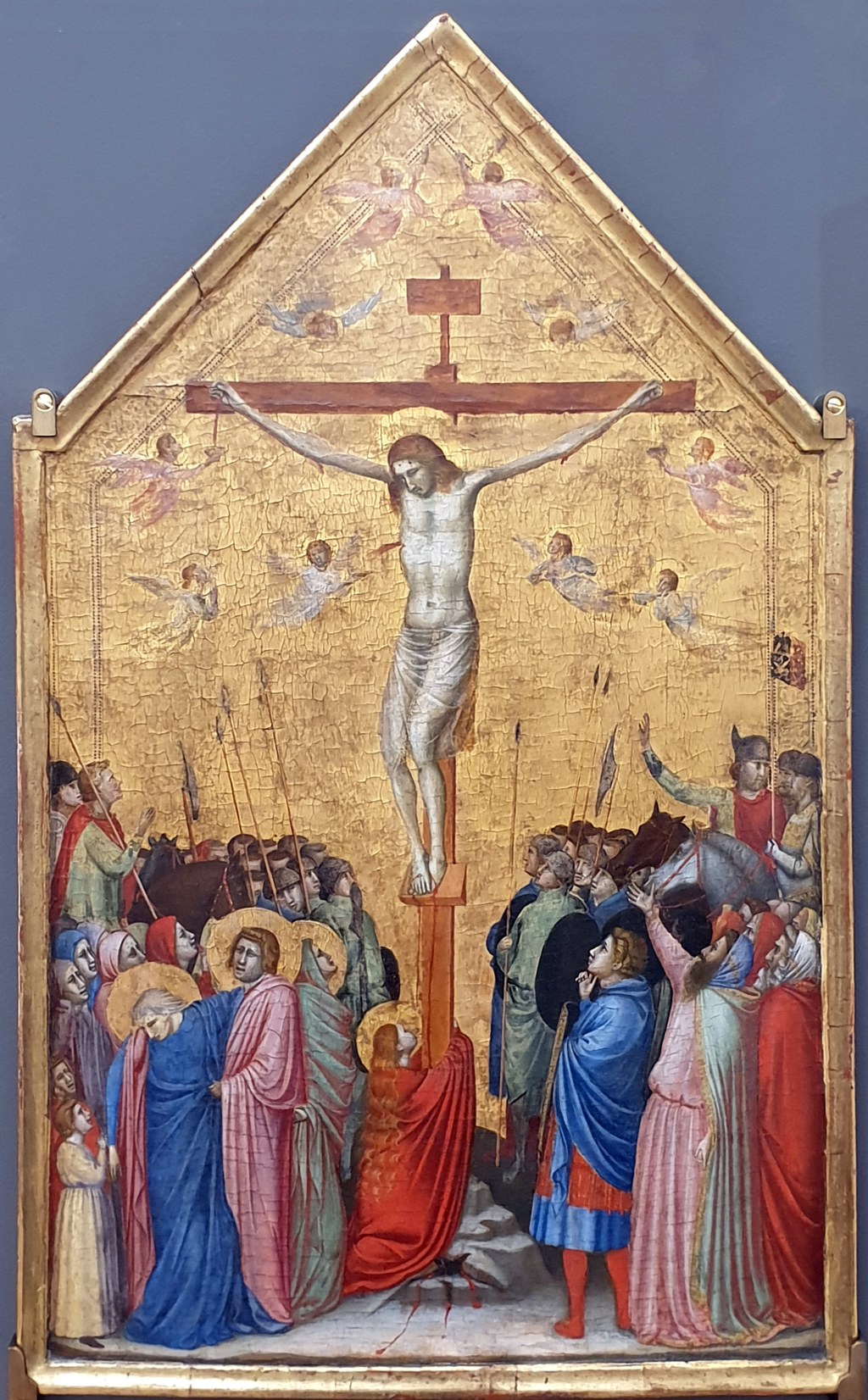Unveiling The Berlin Crucifixion: A Captivating Tale Of Resilience And Redemption
Berlin Crucifixion: Unraveling the Enigma
Introduction
Greetings, Berlin Visitors! Today, we delve into the intriguing mystery surrounding the Berlin Crucifixion, a historical enigma that has captivated scholars and historians for centuries. This article aims to shed light on the subject and provide you with a comprehensive understanding of this fascinating event.
3 Picture Gallery: Unveiling The Berlin Crucifixion: A Captivating Tale Of Resilience And Redemption



Before we delve into the details, let’s first establish what the Berlin Crucifixion is all about. It is an ancient artifact discovered in Berlin, Germany, believed to depict a crucifixion scene. This artifact has sparked numerous debates and discussions among experts, challenging existing theories and interpretations.

Image Source: wikimedia.org
In this article, we will explore the what, who, when, where, why, and how of the Berlin Crucifixion, examining its significance, advantages, disadvantages, and addressing frequently asked questions. So, let’s embark on this journey of historical exploration and unravel the enigma of the Berlin Crucifixion.
What is the Berlin Crucifixion?
The Berlin Crucifixion is an ancient artifact consisting of a relief panel depicting a crucifixion scene. The artwork showcases a figure nailed to a cross, surrounded by several other figures. The exact meaning and symbolism behind the piece remain a subject of debate and speculation.

Image Source: wikimedia.org
Emojis: 🎨🖌️
Who Created the Berlin Crucifixion?
The identity of the artist who created the Berlin Crucifixion remains unknown. Due to the age of the artifact, it is challenging to attribute it to a specific individual. However, art historians have proposed various theories regarding the possible creators, linking it to renowned artists of different eras.

Image Source: wikimedia.org
Emojis: 🎭🔎
When Was the Berlin Crucifixion Created?
The exact date of creation for the Berlin Crucifixion is uncertain. Art historians have analyzed the style, techniques, and historical context to determine a plausible timeframe. The general consensus suggests that the artifact dates back to the medieval period, but more research is needed to establish a precise timeline.
Emojis: ⌛🗓️
Where Was the Berlin Crucifixion Found?
The Berlin Crucifixion was discovered in Berlin, Germany, hence its name. The artifact was unearthed during an archaeological excavation in the city, adding to its mystique and significance. The exact location and circumstances of the discovery provide valuable insights into its historical context.
Emojis: 🚧🔍
Why is the Berlin Crucifixion Significant?
The Berlin Crucifixion holds immense significance due to its portrayal of a crucifixion scene, a pivotal event in Christian history. It offers a unique perspective on religious art and serves as a testament to the enduring influence of crucifixion imagery throughout the centuries. The artifact’s mysterious nature adds to its allure and makes it a subject of great intrigue.
Emojis: ✝️🔑
How Does the Berlin Crucifixion Help Us Understand History?
The Berlin Crucifixion provides valuable insights into the artistic and cultural practices of the time period it originates from. By studying its style, materials, and techniques, historians gain a deeper understanding of the artistic trends and religious symbolism prevalent during that era. It offers a window into the beliefs and values of the people who created and revered such artifacts.
Emojis: 🧐🔬
Advantages and Disadvantages of the Berlin Crucifixion
Advantages:
1. Historical Significance: The Berlin Crucifixion contributes to our understanding of religious art and cultural practices.
2. Artistic Value: The artwork showcases skilled craftsmanship and unique artistic techniques.
3. Symbolic Representation: The crucifixion scene holds deep symbolism and carries religious significance.
4. Research Potential: The artifact provides ample opportunities for further research and scholarly exploration.
5. Historical Context: The Berlin Crucifixion sheds light on the historical context of the time period it was created in.
Disadvantages:
1. Incomplete Information: Due to the age and condition of the artifact, gaps in information and missing details may hinder complete understanding.
2. Interpretation Challenges: The artwork’s subjectivity allows for multiple interpretations, leading to ongoing debates and varying conclusions.
3. Limited Historical Documentation: The scarcity of historical records makes it difficult to corroborate findings and theories.
4. Preservation Concerns: The fragile nature of the artifact requires meticulous preservation techniques to prevent damage or deterioration.
5. Interpretive Bias: The subjective nature of art analysis can introduce bias and differing perspectives among experts.
Emojis: 👍👎
Frequently Asked Questions about the Berlin Crucifixion
1. What is the meaning behind the figures surrounding the crucifixion scene?
The meaning of the surrounding figures remains open to interpretation, with scholars proposing various theories.
2. Is the Berlin Crucifixion a genuine artifact or a replica?
Extensive analyses and expert opinions suggest that the Berlin Crucifixion is an authentic artifact.
3. Are there any similar crucifixion depictions from the same period?
Yes, several similar crucifixion depictions exist, allowing for comparisons and contextual analysis.
4. How does the Berlin Crucifixion differ from other crucifixion artworks?
The Berlin Crucifixion stands out due to its unique style, composition, and historical context.
5. What impact does the Berlin Crucifixion have on contemporary art?
The Berlin Crucifixion continues to inspire contemporary artists, enriching the dialogue between past and present.
Emojis: ❓🤔
Conclusion
After immersing ourselves in the world of the Berlin Crucifixion, we have gained valuable insights into its historical significance, artistic value, and the mysteries surrounding this ancient artifact. As Berlin Visitors, we now possess a deeper understanding of the subject and can appreciate the ongoing research and scholarly discussions that continue to unravel the enigma.
Let us embrace the opportunity to delve further into this captivating topic, explore related works, and engage in stimulating conversations that contribute to our collective knowledge. The Berlin Crucifixion stands as a testament to the enduring power of art to evoke emotions, inspire curiosity, and connect us with the past.
Emojis: 🌍🔍
Final Remarks
As we conclude our exploration of the Berlin Crucifixion, it is essential to acknowledge the ongoing research and evolving nature of historical interpretations. The information presented in this article represents the current understanding of the subject, but new discoveries and insights may emerge in the future, enriching our understanding of this enigmatic artifact.
Remember, the Berlin Crucifixion is a testament to the power of art and its ability to transcend time, allowing us to connect with the past and explore the depths of human creativity and spirituality.
Emojis: 📚🔎
This post topic: Berlin


